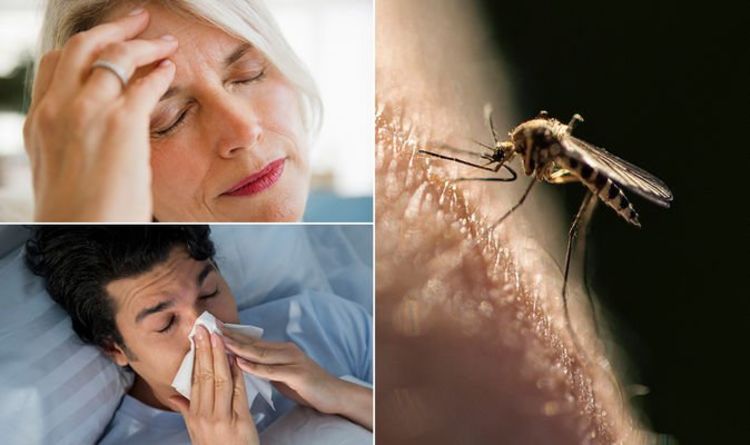Climate change is no longer a distant threat it is a pressing reality reshaping ecosystems, weather patterns, and human health across the globe. Among the many diseases influenced by climate variability, malaria stands out as one of the most climate-sensitive. Transmitted by Anopheles mosquitoes, malaria thrives in specific environmental conditions. As temperatures rise, rainfall patterns shift, and humidity levels change, the geographical and seasonal distribution of malaria is being dramatically altered. Understanding these dynamics is crucial for governments, health organizations, and communities working to curb the spread of this deadly disease.
Below are the top 10 ways climate change is impacting the global spread of malaria.
1. Rising Temperatures Expand Mosquito Habitats
Warmer temperatures are enabling malaria-carrying mosquitoes to survive in regions previously unsuitable for their breeding. Areas at higher altitudes, such as parts of East Africa, the Andes, and the Himalayas, are now witnessing mosquito populations where they were once rare. This upward and poleward shift significantly increases the number of people at risk.
2. Longer Transmission Seasons
In regions where malaria is already endemic, higher temperatures are lengthening the mosquito breeding season. What was once a seasonal disease in many countries is turning into a year-round threat. Longer transmission seasons make it harder for health systems to manage outbreaks, increasing both infection rates and mortality.
3. Altered Rainfall Patterns Create Breeding Grounds
Climate change is disrupting rainfall cycles, causing heavier rains in some places and droughts in others. Intense rainfall can create stagnant water pools, ideal breeding sites for mosquitoes. At the same time, drought conditions can drive human populations to store water in open containers, unintentionally encouraging mosquito proliferation in urban areas.
4. Increased Humidity Enhances Mosquito Survival
Humidity is a critical factor in mosquito survival and parasite development. Warmer, wetter climates resulting from climate change are increasing humidity in many regions, boosting the lifespan of mosquitoes. This means vectors live long enough to transmit malaria multiple times, accelerating the disease’s spread.
5. Shifting Geographical Boundaries of Malaria
Historically, malaria was concentrated in tropical and subtropical zones. Today, climate-driven changes are pushing malaria into new regions, including parts of Southern Europe, Central Asia, and even North America. While these outbreaks remain limited, they signal how global warming can expand malaria risk to populations with little immunity or preparedness.
6. Impact on Mosquito-Parasite Development
The Plasmodium parasite that causes malaria also responds to temperature. Warmer conditions speed up the parasite’s incubation within mosquitoes, meaning they become infectious more quickly. This reduces the time between mosquito emergence and transmission, raising the overall efficiency of malaria spread.
7. Extreme Weather Events and Displacement
Climate change is increasing the frequency of floods, cyclones, and hurricanes, which displace millions of people. Displaced populations often move into temporary shelters or camps with poor sanitation and limited mosquito control measures. These vulnerable conditions make them prime targets for malaria outbreaks, particularly in regions where healthcare access is disrupted.
8. Urbanization Driven by Climate Change
Climate stress such as droughts or crop failures pushes rural populations into urban areas. Rapid, unplanned urbanization creates environments with poor drainage and waste management, both of which contribute to mosquito breeding. The mix of high population density and poor infrastructure can amplify malaria outbreaks in cities, an issue once less common.
9. Strain on Healthcare Systems
As climate change drives more frequent and unpredictable malaria outbreaks, healthcare systems are being stretched thin. Increased case loads reduce the effectiveness of prevention, diagnosis, and treatment campaigns. Moreover, areas newly exposed to malaria may lack expertise, diagnostic tools, and resources to deal with the disease effectively.
10. Socioeconomic Inequality and Malaria Vulnerability
Climate change disproportionately affects poorer communities that lack the resources to adapt. Limited access to mosquito nets, healthcare, and preventive measures makes these populations highly vulnerable. For instance, smallholder farmers in Africa and South Asia who depend on climate-sensitive agriculture are at double risk: reduced income due to crop loss and higher exposure to malaria due to changing environmental conditions.
Get tested for malaria at Abu Bakar Lab
The Bigger Picture
The relationship between climate change and malaria is complex. While some regions may see temporary reductions in malaria risk due to extreme heat (which can kill mosquitoes), the overall trend points to greater challenges. Global health agencies, including the World Health Organization (WHO), warn that unless urgent action is taken, millions more people could be exposed to malaria in the coming decades.
Efforts to combat malaria must now account for climate change. This includes strengthening disease surveillance in newly vulnerable regions, investing in resilient healthcare systems, and integrating climate adaptation strategies with public health initiatives. Research into climate-resilient malaria interventions such as genetically modified mosquitoes, climate-informed forecasting models, and eco-friendly mosquito control methods will also play a key role in future prevention.
Conclusion
Climate change is not just an environmental issue it is a public health emergency. The global spread of malaria illustrates how closely linked human health is to our climate. Rising temperatures, altered rainfall patterns, urbanization pressures, and weakened healthcare systems are collectively increasing malaria’s reach and intensity. To protect vulnerable populations, countries must adopt integrated strategies that address both climate resilience and malaria control. Only through a combined effort of global cooperation, scientific innovation, and sustainable adaptation can we hope to reduce the burden of malaria in a warming world.





